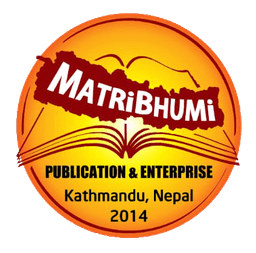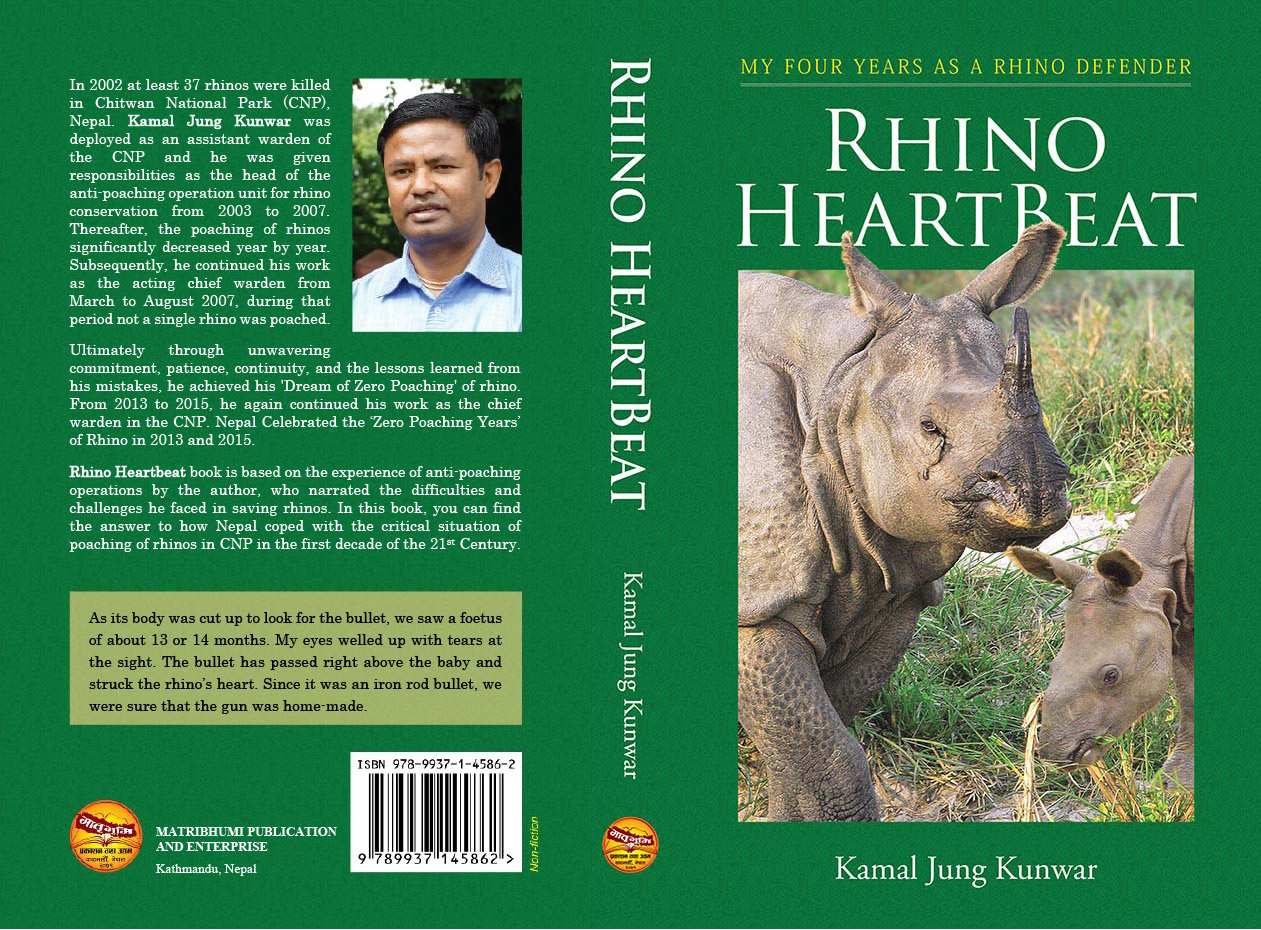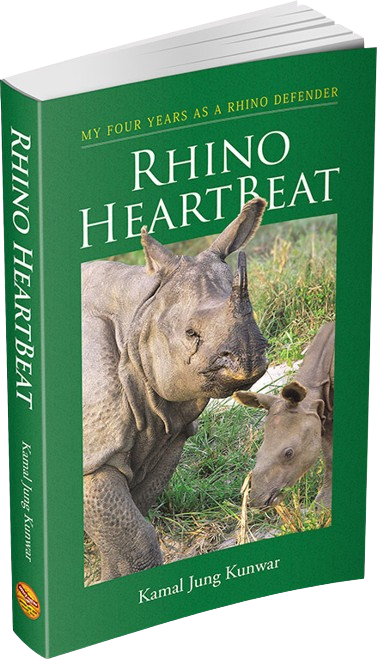
Book Name

Rhino Heartbeat
by Kamal Jung Kunwar
Publication Year: 2013
Page Number: 329
Price:Rs 505 | $ 3.69
Quantity:
Description
A success story of Rhino Conservation in Chitwan National Park, Nepal
During the political insurgency period (2001-2006), there was the critical situation of the Poaching of One-horned Rhinoceros in Chitwan National Park (CNP) and Bardia National Park, Nepal. More than 37 rhinos were poached in Chitwan National Park (CNP) in 2002. "Rhino Heartbeat" is a book by Kamal Jung Kunwar narrates the difficulties and challenges he faced while working as an assistant warden leading the anti-poaching operation unit in the CNP Office from the year 2003 to 2007. It is based on his experience of four years in rhino conservation.
This book is an account of what he discovered, what he did, and what actually happened to control the poaching of rhinos in CNP. The incidents of rhino poaching drastically decreased over the years and only two rhinos were killed in 2007. Subsequently, he continued his work as the acting chief warden from March to August 2007, during that period not a single rhino was poached. Ultimately through unwavering commitment, patience, continuity, and the lessons learned from his mistakes, he achieved his 'Dream of Zero Poaching' of rhino.
From 2013 to 2015, he again continued his work as the chief warden in the CNP. Nepal Celebrated the ‘Zero Poaching Years’ of Rhino in 2013 and 2015. There were 544 rhinos in 2000 which decreased to 372 in 2005. Due to serious conservation efforts, the rhino population has a remarkable increment in number and reached 605 in the year 2015. The 2021 national rhino census has updated the one-horned rhino population to 752 individuals. Out of these 694 are in Chitwan, 37 in Bardia, 17 in Shuklaphanta, and three in Parsa National Park.
SRF Nepal is fully confident that readers of "Rhino HeartBeat" will be excited to read the story of the struggle to save rhinos in Chitwan National Park. This foundation believes that some of the ideas, concepts, methods, knowledge, and skills obtained in the course of rhino conservation will prove useful to the policymakers, planners, and conservation activists of the world concerning the conservation of rare and endangered wildlife species.
